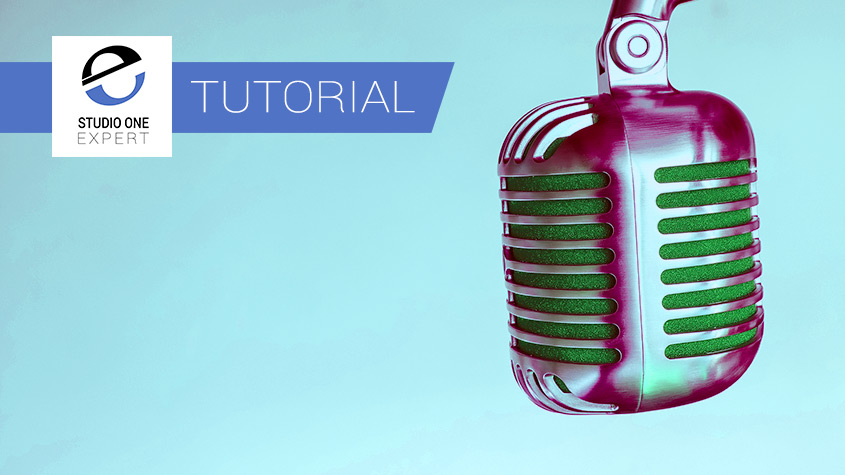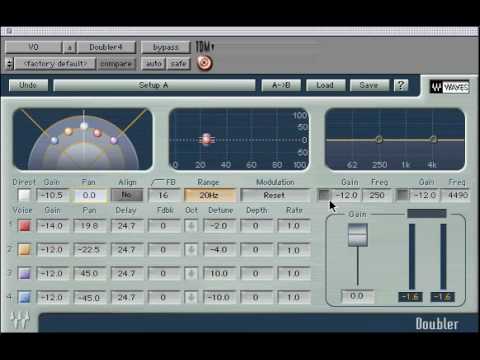

- #Waves plugins tutorial install
- #Waves plugins tutorial pro
- #Waves plugins tutorial software
- #Waves plugins tutorial license
For one thing, it only emulates individual mixer channels: there's no equivalent to VCC's Virtual Mix Buss plug-in that would emulate the summing bus. Unlinking the stereo channels, as shown here, adds life and movement to the stereo field.Ĭonsole emulation plug-ins have been in the spotlight lately, thanks to Slate Digital's VCC and Waves' own NLS, among others, but it's fair to say that the Abbey Road REDD suite takes a slightly different tack.

The REDD.37 and REDD.57 channels have a deeper range of EQ cut/boost settings and a generally cleaner sound.
#Waves plugins tutorial install
As before, you can install individual plug-ins on a machine connected to the Internet, but off-line installation requires you to download the entire version 9 installer, which is nearly 1GB in size. This stores your licences on a standard pen drive, thus tying up yet another USB port, but perhaps appealing to those who resent the cost of an iLok key.
#Waves plugins tutorial license
Waves have, however, introduced yet another authorisation scheme with their version 9, abandoning iLok in favour of their own Waves License Center system.
#Waves plugins tutorial pro
The Abbey Road REDD suite is compatible with most hosts on Mac and PC at the time of writing, Waves have just committed to supporting Avid's AAX Native format, but Pro Tools compatibility is RTAS-only for the time being. Waves' plug-in suite models three of these iterations: the early REDD.17 and its successor, the REDD.34, both of which employed Siemens V72 valve preamps, and the later REDD.51, which used a different amp module and offered more headroom with lower distortion. Several subsequent iterations were produced before the valve-based REDD consoles were eventually phased out in favour of the solid-state TG-series desks in the late '60s. EMI staff, accustomed to commissioning and building their own equipment, acknowledged in the mid-'50s that the rise of stereo would bring about a need for more sophisticated mixing desks, and set about designing the first REDD desk. The history of these consoles is well-known, and is documented on the Waves site in more detail than I have space for here, but a brief summary is perhaps in order.

The newest entry into the former category is perhaps also the most ambitious: Waves have officially modelled channels from the famous REDD consoles that were used to record many classic '60s records, including nearly all of the Beatles' output. Some, such as the RS124 compressor or TG12413 limiter, model classic pieces of hardware from the studios, while others present samples recorded there, such as Native Instruments' Abbey Road Drummer series.
#Waves plugins tutorial software
The commercial exploitation of the Abbey Road brand has already brought us a number of software plug-ins. Such is its fame that it has also become a potent brand name: whether it be T-shirts, coffee-table books or online mastering services, we expect something a bit special from anything that bears the Abbey Road moniker.

Some 80 years after its opening, EMI's Abbey Road Studios remains one of the world's leading recording facilities. But is there still a role for a mixer that was declared obsolete 40 years ago? Waves' latest analogue emulation has unrivalled pedigree.



 0 kommentar(er)
0 kommentar(er)
